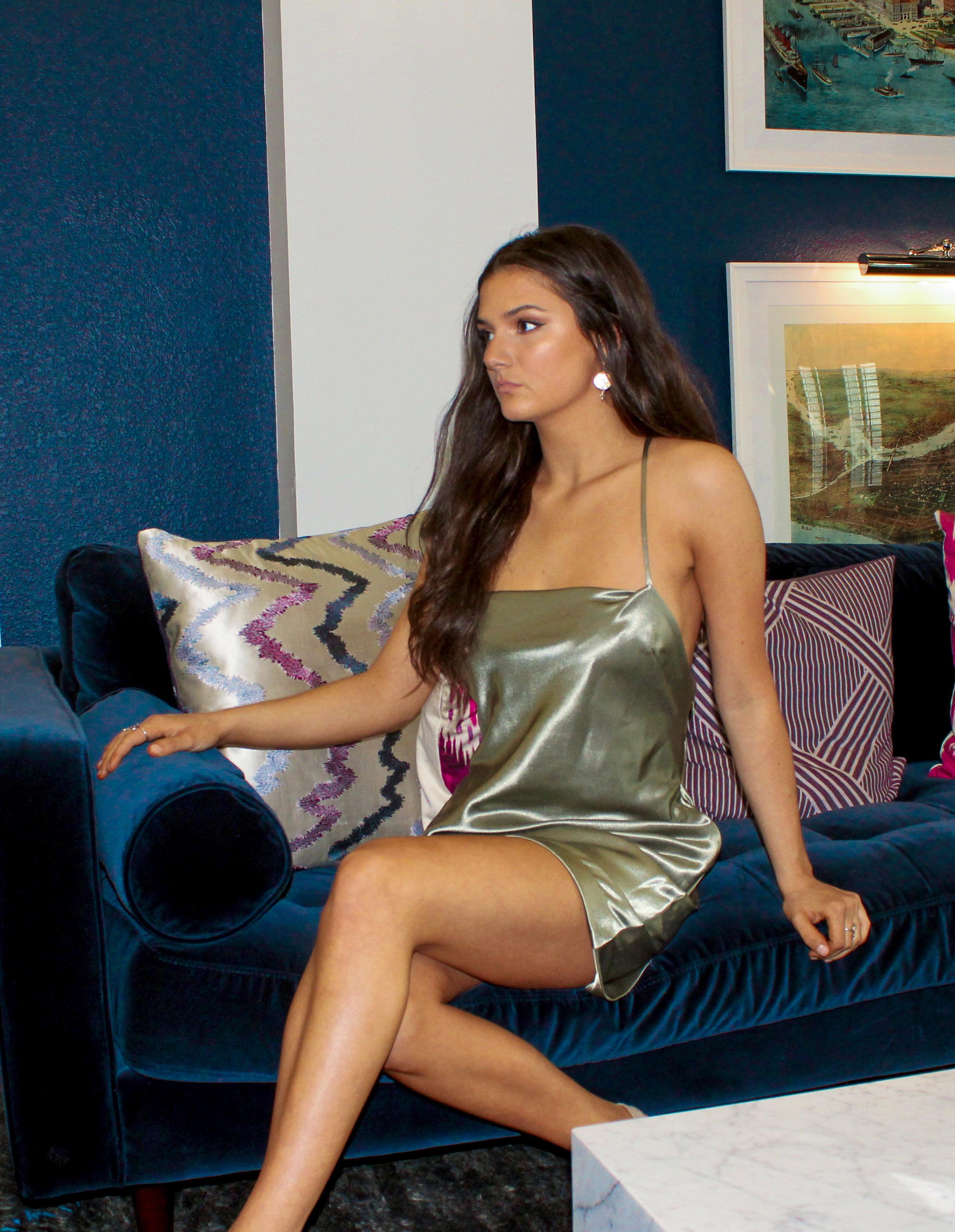
8 minute read
FROM FABRIC TO FASHION: THE STORY OF THREE gs fashion designers
Designed by Aminatta Mbow
Advertisement
Photos by Noelle Walker
Designer Christian Mincey
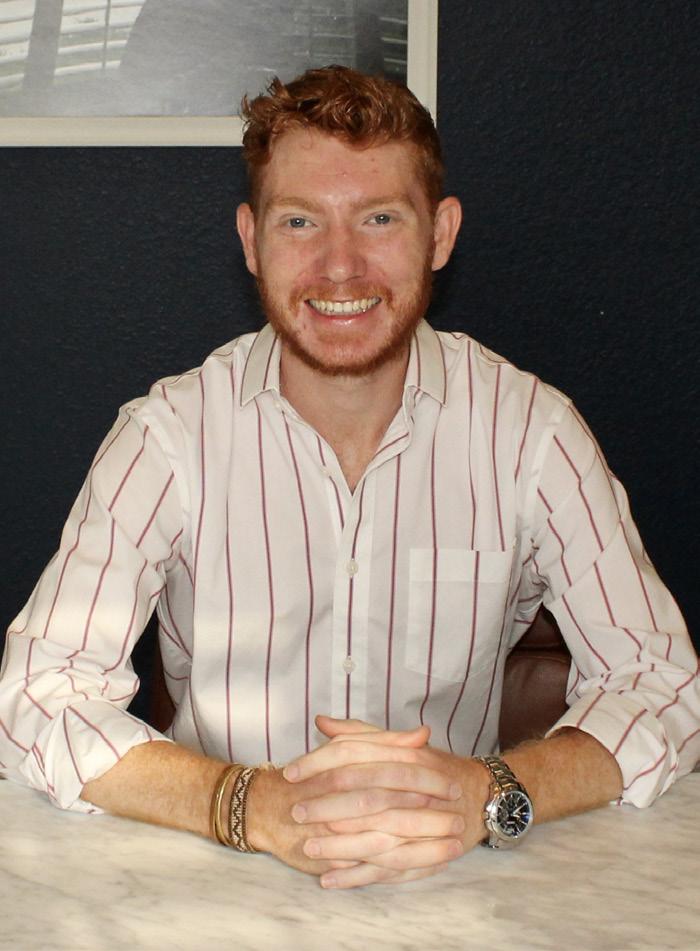
For as long as he could remember, Christian Mincey, senior at Georgia Southern majoring in fashion merchandising and apparel design with design emphasis, has loved and appreciated fashion and design.
After attending and participating in his high school’s annual fashion show, he has thought of fashion as “a form of wearable art.”
Mincey said that after he received numerous awards for fashion design throughout high school, and heard positive feedback from others, he realized that “practicing what I’m doing not only brings me joy, but also makes others happy, and they, as well as myself, want to see more of what I’m capable of doing.”
Mincey chose GS because the university offers a program he loved and had experience in, all while being close to his hometown.
“Also, the campus’s size and diversity of natural surroundings , like the plants and wildlife, nature’s beauty drew me to wanting to study here.’’
Mincey’s love for fashion and design started in high school but was confirmed in his college career that this is what he was born to do. Mincey said that, contrary to popular belief, men dominate the designing aspect of the fashion world. To Mincey, someone’s gender shouldn’t be what sets them apart from the crowd.
“I believe that it is the individual’s work that sets oneself apart from the rest more than anything,” said Mincey “One’s work should showcase their arsenal of skill, talent, craftsmanship, ideation, etc. That’s what I focus on more than anything.”
When it comes to picking a favorite piece he’s created, Mincey knew exactly what it was: a sage green slip dress (pictured). He is most proud of this piece because he drafted his own 100 percent original pattern and constructed the garment from start to finish all on his own.
Mincey’s biggest supporters have been his grandmother and his mom. He also credits his teachers and professors he’s had over the years for encouraging him to pursue his passion for art and fashion.
When it comes to Christian’s source of inspiration, he is able to see the beauty in the mundane. He said he sources inspiration from everything around him, including nature, art, music and culture. On the other hand, Christian has encountered a few people who do not understand what he does.
“Every now and then, I will be faced with an individual who has a misperception of the fashion industry, and, once given the opportunity to educate one, they’re better able to understand and appreciate my aspirations and future endeavors in the fashion industry,” said Mincey.
Once he graduates in May 2020, Mincey has big plans to take his talent to one of the fashion capitals of the world: New York City.
Along the way, he will be continuing to work on his own brand and networking in the fashion industry. He wants to end up working as a lead designer for a historically prestigious brand/house one day.
By Jenna Wiley
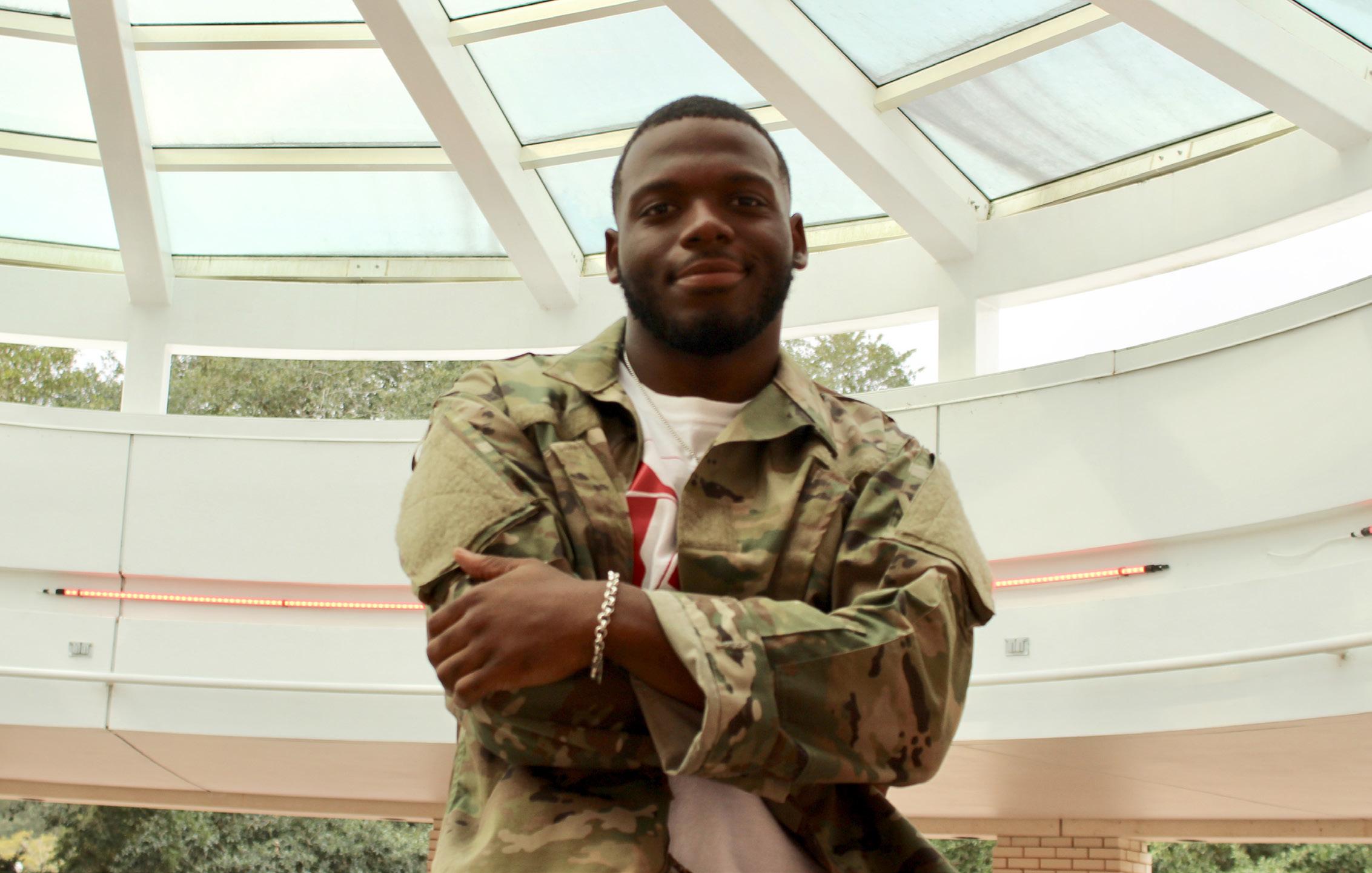
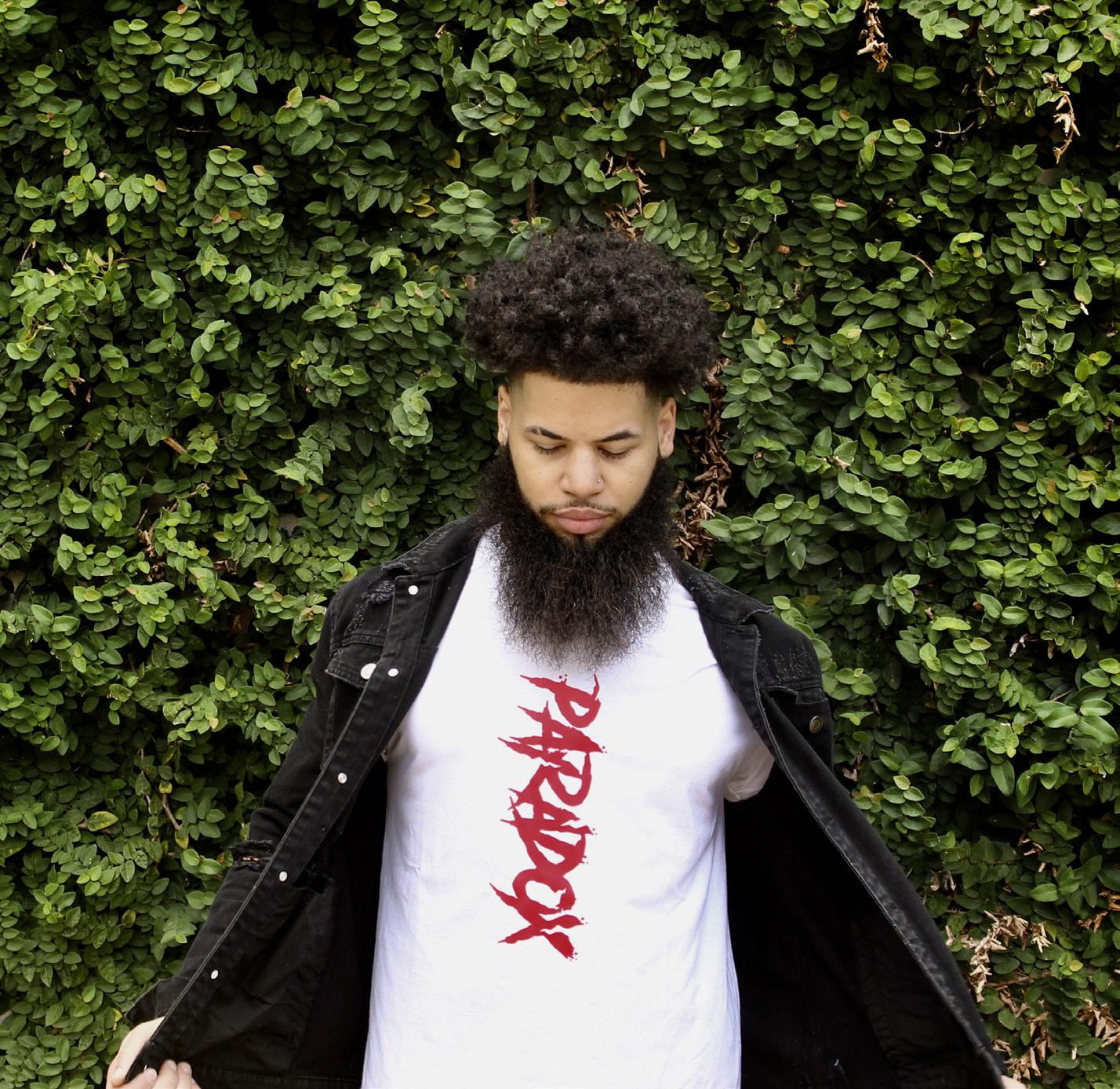
Jamar Fordham has always known he wanted to have his own clothing brand, but it wasn’t until recently that he discovered what he wanted his brand to stand for.
Fordham chose to name his brand Paradox to represent the ideal that you should never judge a book by its cover.
He wants people to understand that the brand is a way to show people that they shouldn’t judge others based off their first impression of someone else and that there is always more than what meets the eye.
The designer’s idea for the name of the brand Paradox came from watching the film “The Cloverfield Paradox.”
It took Fordham about a year for his plan to come together.
“What took me the longest, which was about a year, was just planning,” said Fordham. “It wasn’t just popping into my head one day. I had to work to get here.” Fordham wanted his brand Paradox to mean something because it’s more than “just clothes.”
Fordham believes that it’s important to not focus on other brands when first starting out, so the brand can be as true to the creator as possible. The designer’s inspiration for his clothing brand comes from his passion in life and also trials and tribulations that have helped him get to where he is now. `
Every piece that I’ve made, I’m pulling from a point in my life. It’s not like I just think of something and then I make it. Every piece I come out with has a memory tied to it, or something that’s personal to me.
On top of fashion, Fordham is also about helping others around him and has found a way to incorporate the two. Half of the money from his release of pink hoodies went to donations for the Susan G. Komen Breast Cancer Foundation.
When it comes to growing the Paradox brand, Fordham hopes to expand his brand internationally and wants everyone who is a part of his team to be credited for its success.
Fordham has 20+ people helping him run his brand from social media to marketing. In addition to his fashion brand, he also has a podcast where people from
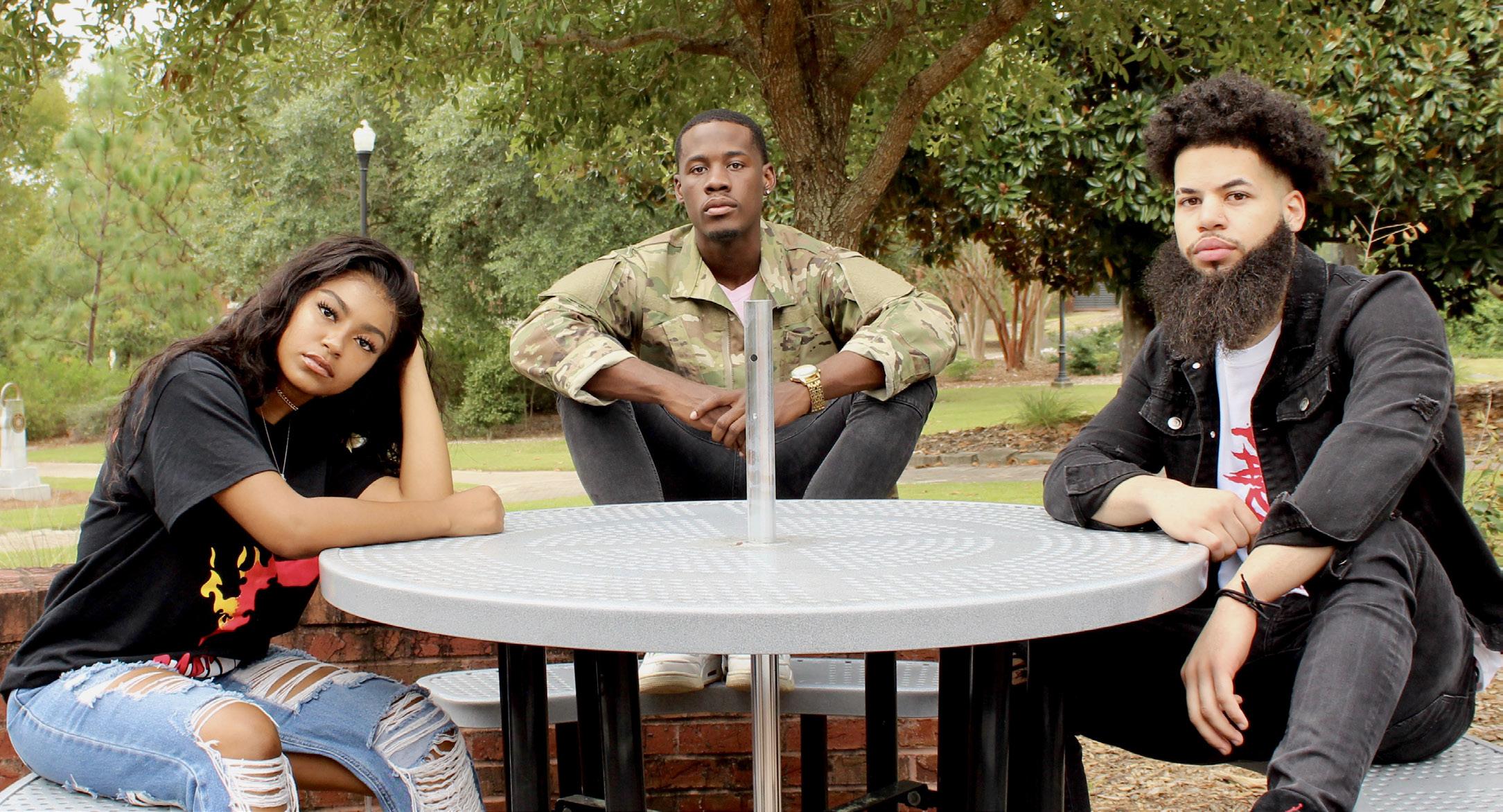
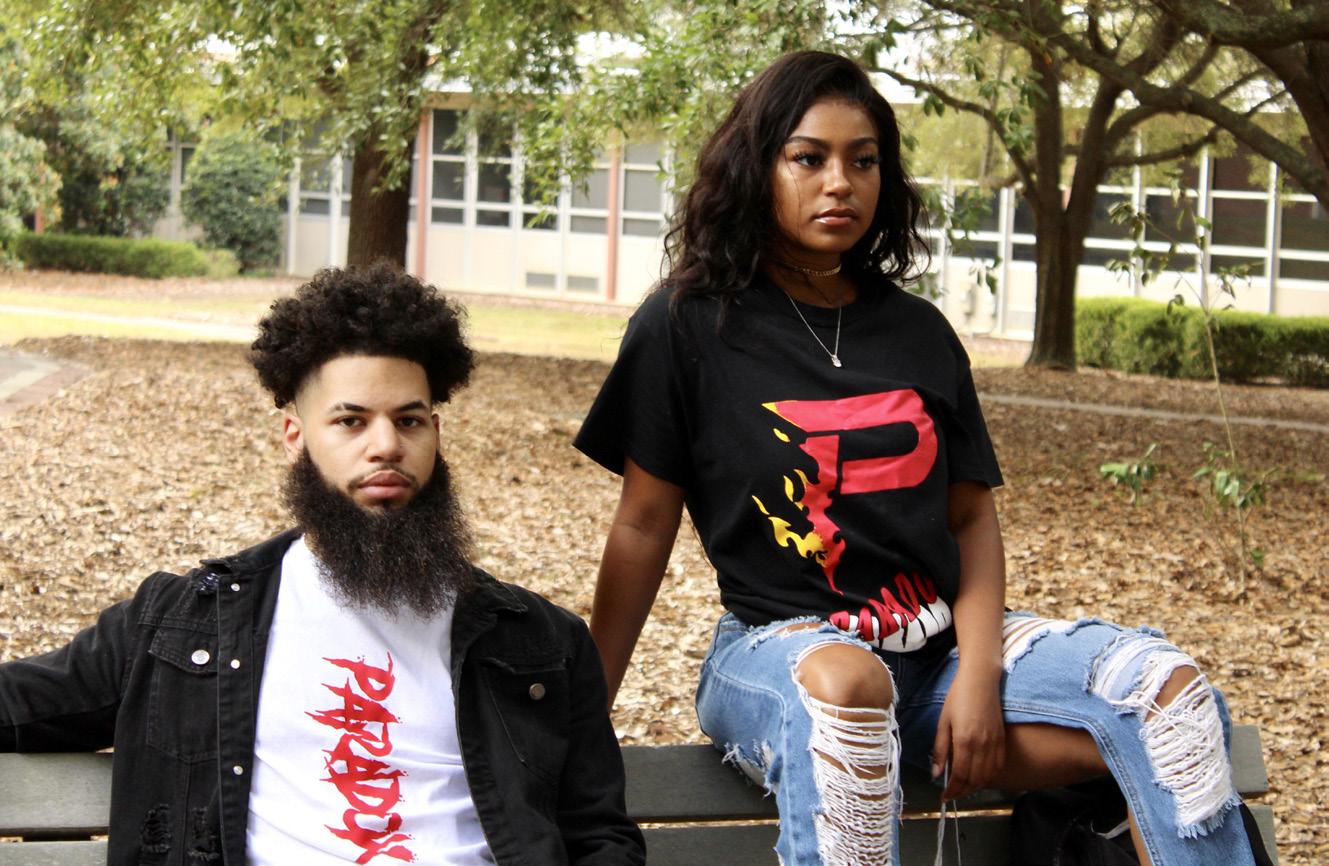
his team talk about a range of topics.
Fordham prefers to work with experienced people, so it’s easier for them to just jump right in. He looks for people who are passionate about fashion and who are willing to go the extra mile and be an asset to the brand.
He one day hopes to have his brand become his main source of income. It’s important to Fordham to maintain “the social media and networking aspect of things.”
By Madeline Branch and Jenna Wiley
FROM FABRIC TO FASHION THE STORY OF
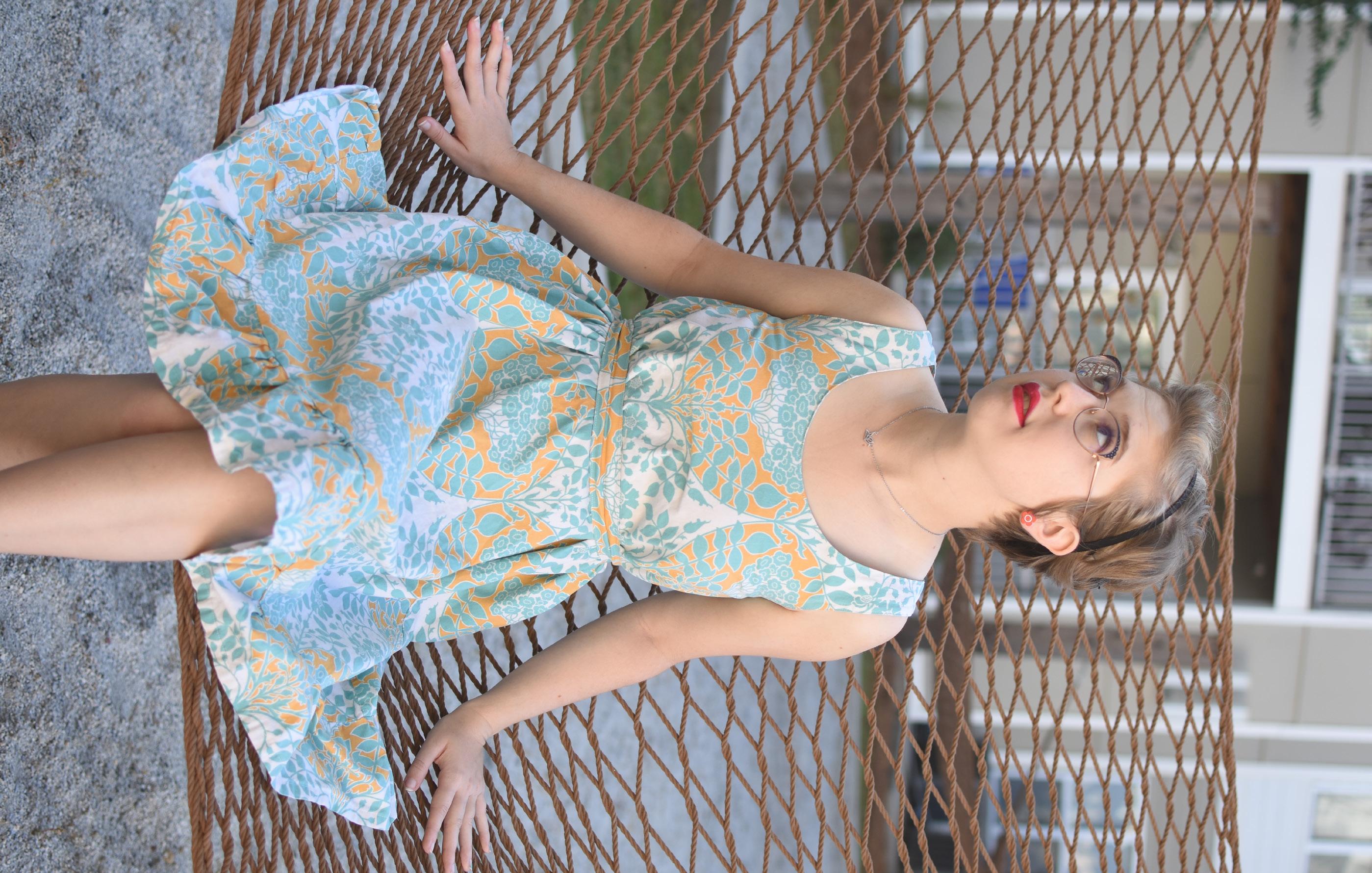
Mackenzie Miller Fashion Designer

Mackenzie Miller has been in love with fashion ever since she was 8 years old, and she doesn’t plan on stopping anytime soon. Miller says she always loved the feeling of dressing up and the sense of empowerment she felt wearing an outfit she loved.
Even as she continued into middle and high school, she “always returned to that same passion.” Miller learned to sew when she was 13 and since then her sketchbooks have been full of fashion illustrations and costume ideas.
When it comes to how Miller views fashion design as a whole, she has a unique point of view. “I think fashion is the perfect combination of art and science,” said Miller. “While it is extremely creative, there is a lot of thought that goes into research and technical design aspects.”
To Miller, clothing is another art form that people can wear to express themselves. For her personally, she uses fashion to highlight her confidence and femininity, but she also acknowledges that it can be completely unique to the individual person.
“I’m extremely inspired by the way people use fashion to become more themselves or someone completely different,” said Miller. “It is a universal language and a beautiful way to express who you are.”
Miller views fashion as something that can be utilized to change the course of someone’s day and “give them the confidence to do something they may not have done otherwise.”
Professor Addie Martindale, Ph.D, pushed Miller to express her creative side and empowered her ideas.
“I can come to her with any questions or dream, and she helps me find a way to see it to fruition,” said Miller. “It’s been so magical to see that process happen time and time again.” When it comes to the programs she was interested in, she couldn’t have been happier. “The opportunities to advance my art and career have been beyond my wildest dreams. I’ve presented at multiple conferences, including one in London, taken study trips to New York City, Hong Kong, Trinidad and Tobago, and had countless experiential learning opportunities where I’ve built skills I didn’t have before.”
Aside from doing projects on campus, Miller has also gotten other opportunities. She worked with the Averitt Center Children’s Theatre on their production of “Orestes” making costumes.
“It was a challenge as I had never worked with children in clothing design before, and the play was beyond my typical aesthetic,” said Miller. “But, I felt the finished project was true to the production and looked great on stage.”
Something else Miller is proud of is her dress titled “Flight”
“The inspiration for ‘Flight’ came from my study abroad trip to Trinidad and Tobago where I felt that experiencing a new culture had pushed me out of my comfort zone, and I wanted to embody that in a dress. I typically work with lots of color and pattern, so I restricted my color palette to just white and used the design details to make the garment special.”
Currently, she is working on her Honors Thesis about designing accessible fashion for people with mobility aids. Her dream job is to land an internship at Disney and then eventually own her own business designing clothes for women of all body types, including those needing accommodations in terms of accessibility.
By Jenna Wiley






